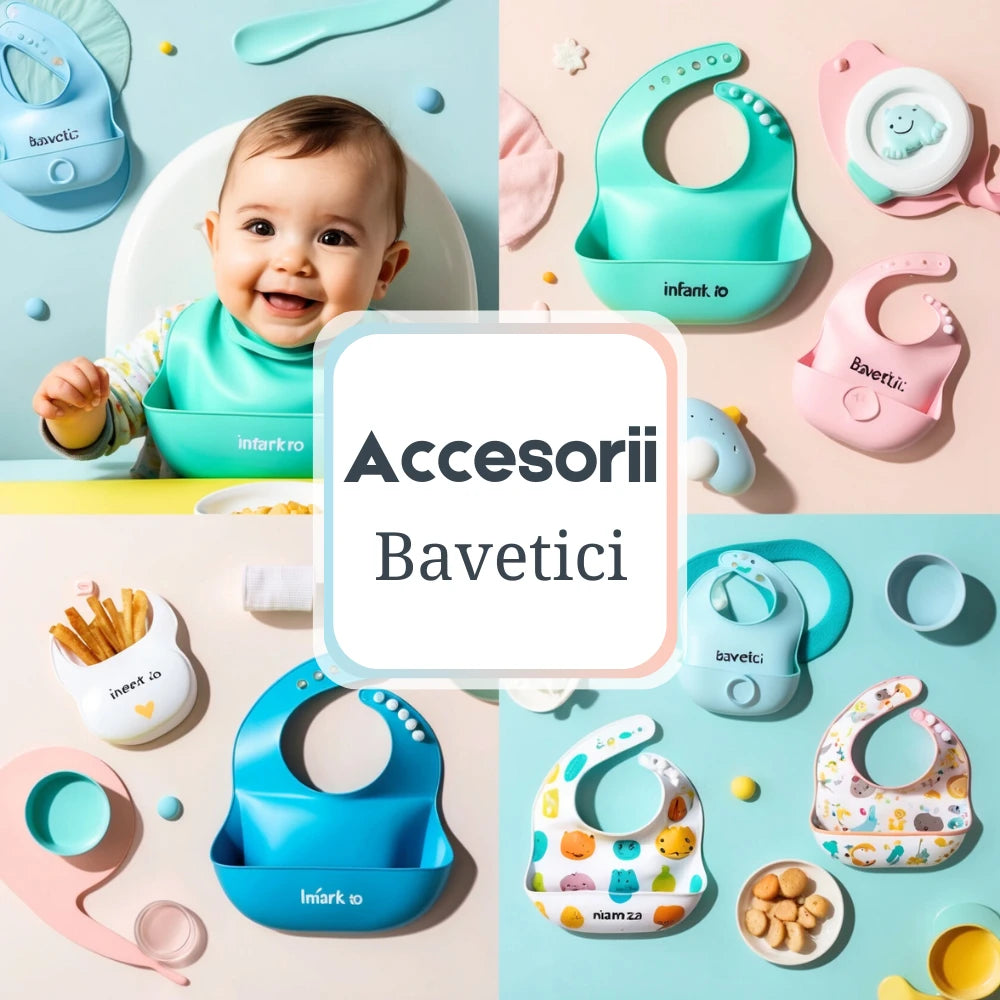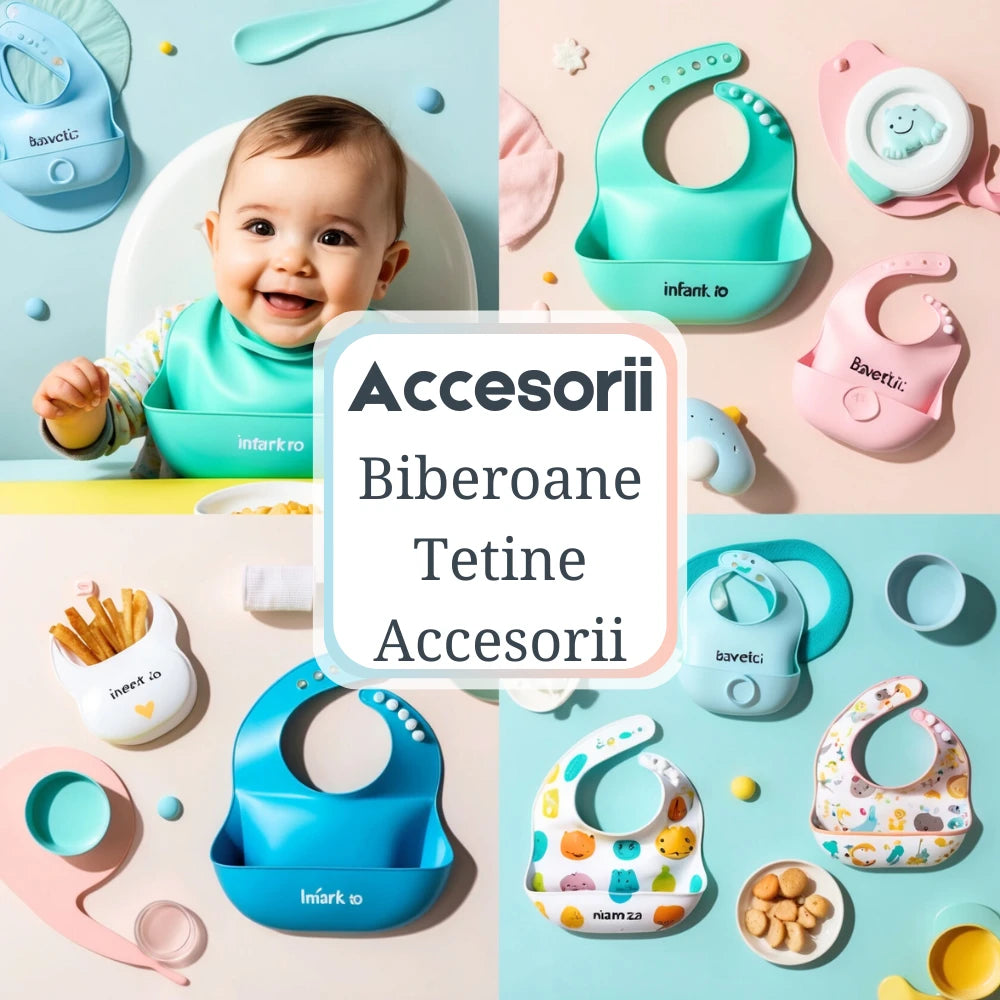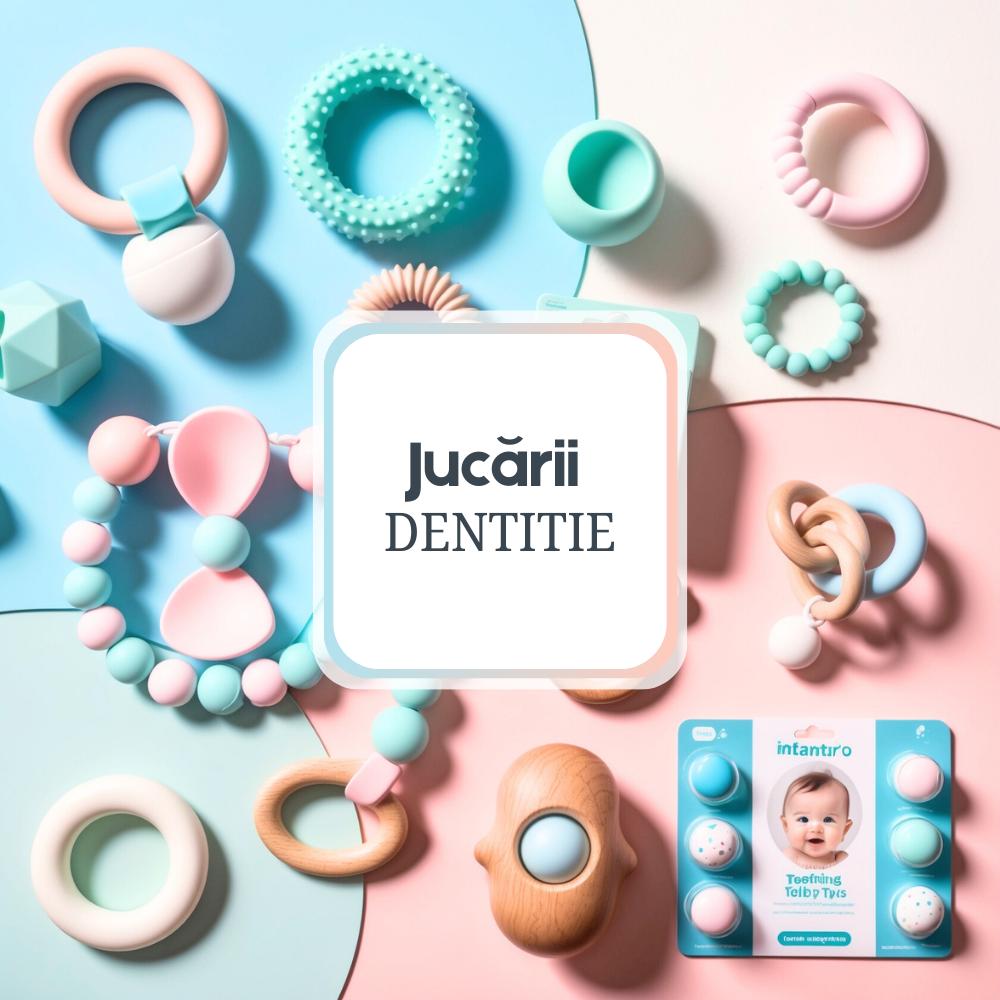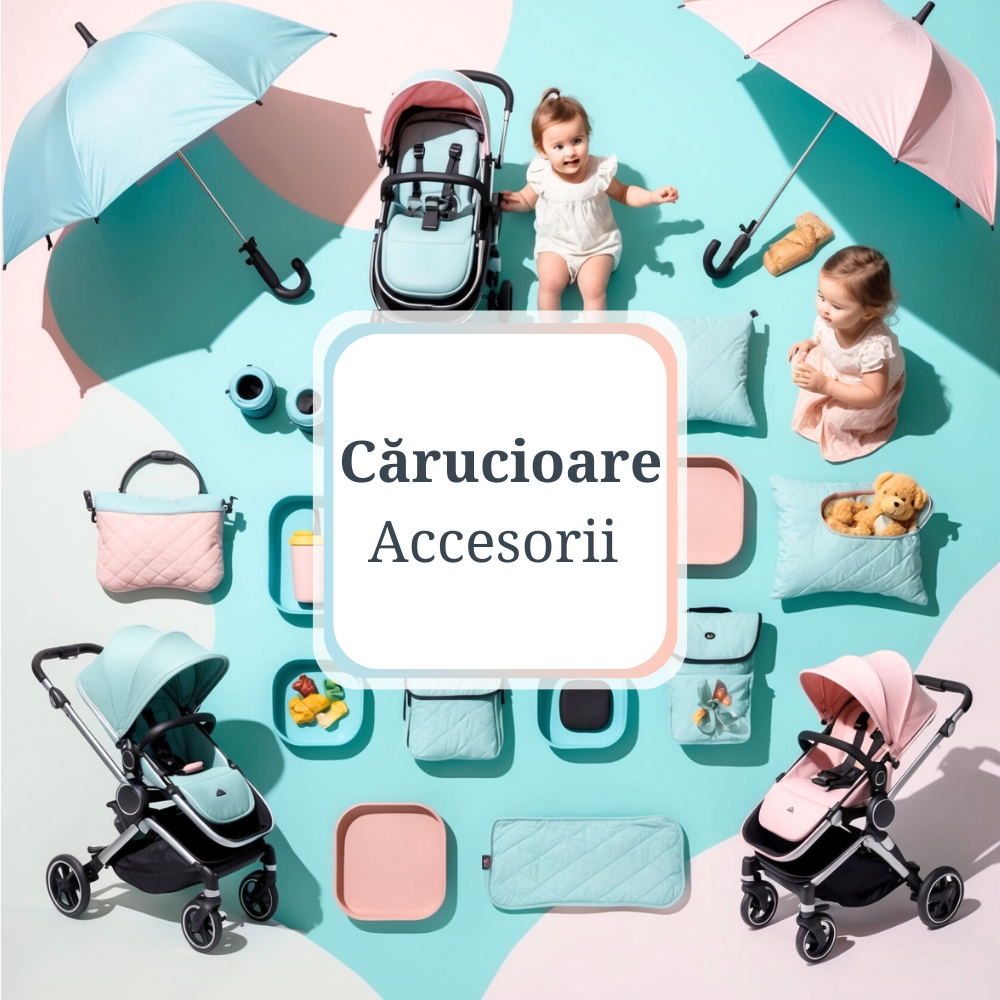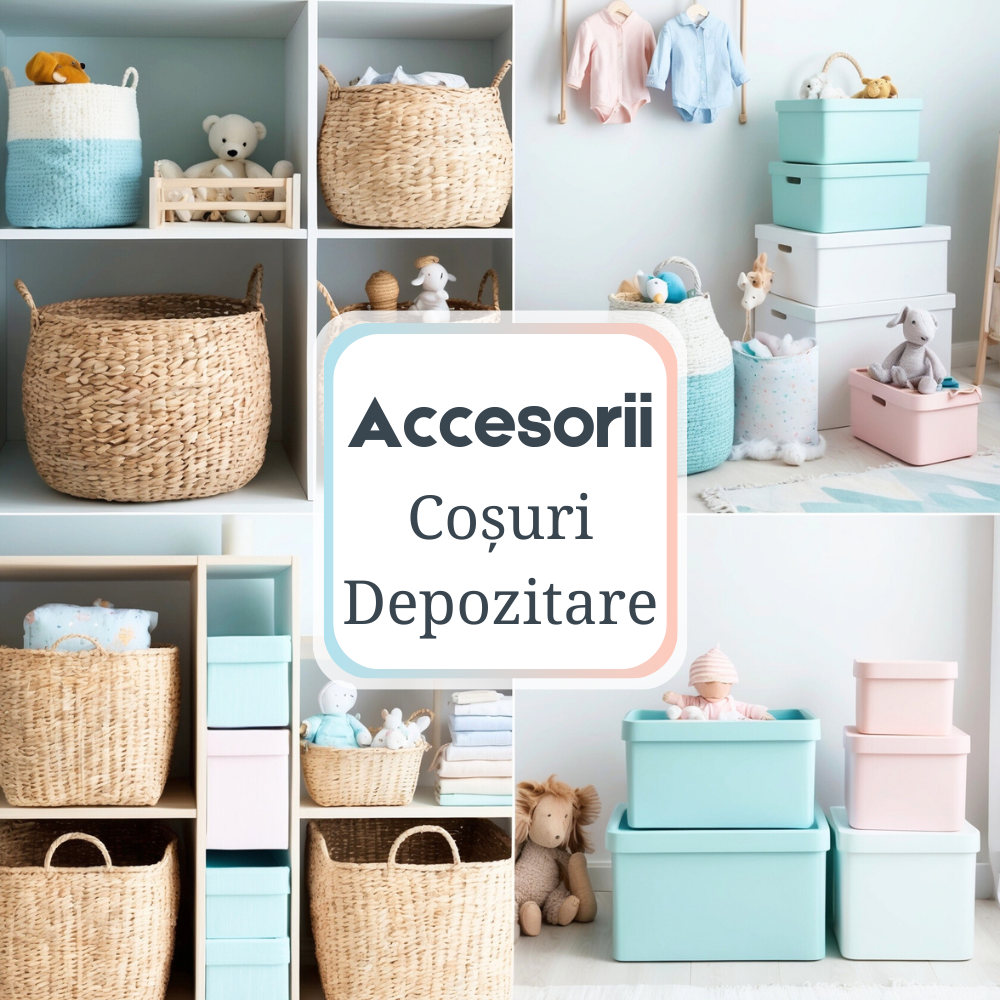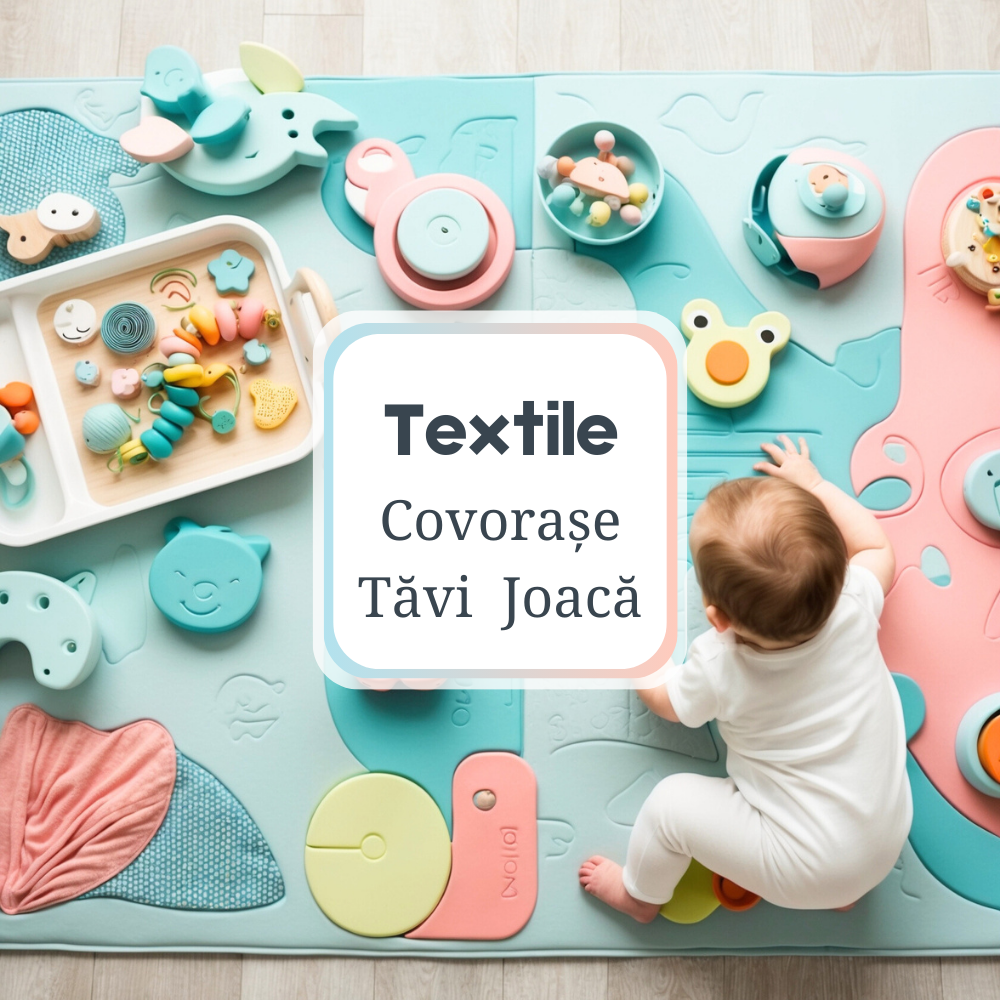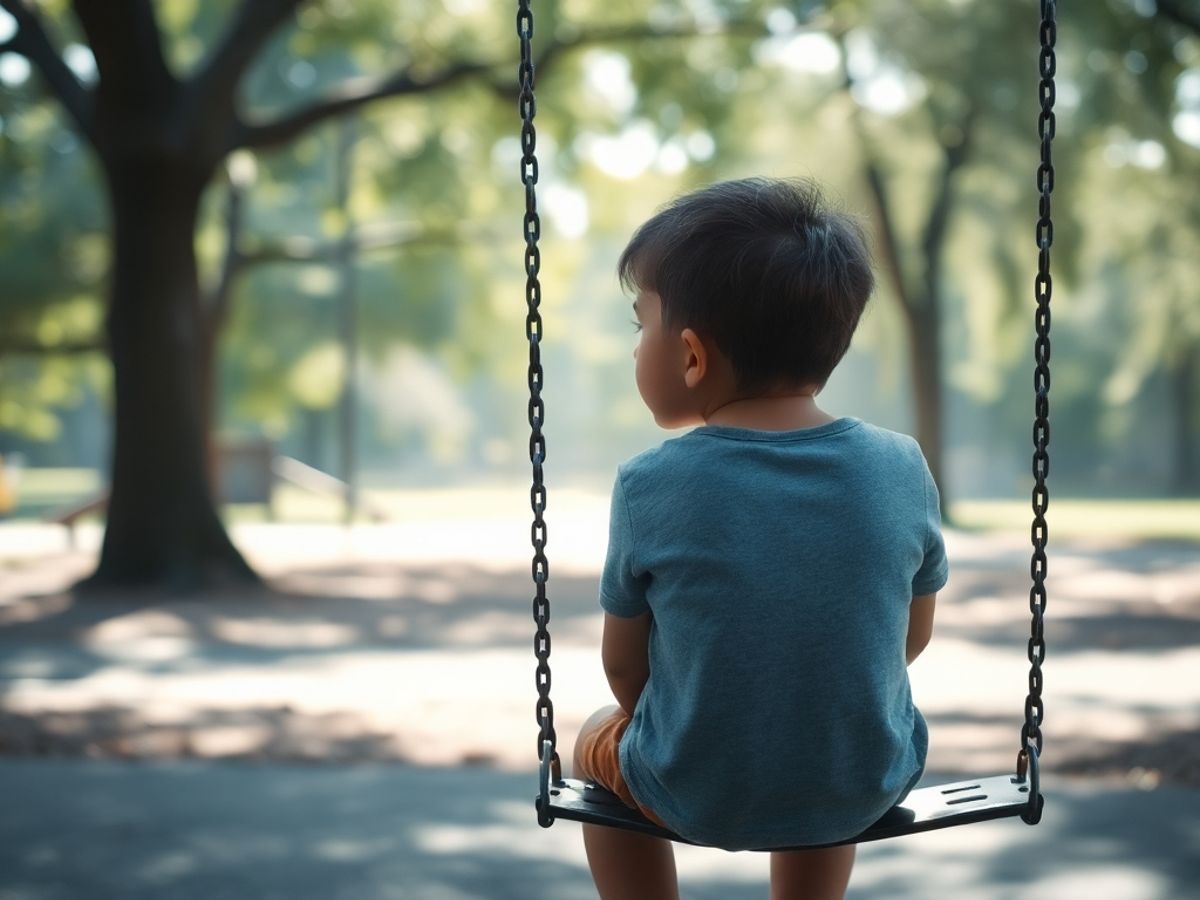Plagiocephaly: By What Age Is Baby's Head Shaped?
In the first years of life, every moment is crucial in your baby's development. You observe with fascination every new movement, sound or transformation. But, among the multitude of aspects you need to pay attention to, is the shape of your little one's head. Plagiocephaly, also known as "flat head", is a condition that causes concern for many parents. Let's discover together what exactly plagiocephaly is and until what age the shape of the head is shaped in babies.
Head Development in Babies
In the first year of life, the baby's brain grows at an amazing speed, a fact that directly influences the shape of the head. A newborn's skull is malleable and made up of several bony plates that will gradually fuse together. This flexibility allows the brain to grow and prevents head injuries during birth. It is normal for the head to be slightly elongated or irregular in shape at birth, but this usually corrects itself in the first weeks of life.
Plagiocephaly: Causes and Prevention
Pronounced plagio-cef-al-ie, the term comes from ancient Greek and means "oblique head." It is a term that describes the flattening of one side of the skull. The main cause of plagiocephaly is positioning the baby's head in the same position for long periods of time, such as when sleeping, sitting in a car seat or in a cradle. Hence the importance of changing the baby's position frequently. It is a condition that can be prevented or treated by various methods, such as positioning therapy or wearing an orthopedic helmet.
Plagiocephalic flattening vs. brachycephalism
It is vital to understand different types of head deformities: plagiocephaly flattened is the flattening of one side, while brachycephaly involves the flattening of the back of the head. Given that brachycephaly can result in a rounder appearance of the head from above, it is important to distinguish between the two for proper evaluation and appropriate treatment. Be proactive in varying baby's positions throughout the day to support a normal head shape.
The Role of Medical Consultations
It is essential to take advantage of regular visits to the pediatrician to discuss any concerns about the shape of the baby's head. A medical professional will be able to correctly assess the shape of the skull and recommend, if necessary, a visit to a specialist. In more serious cases, specialized therapies or even orthopedic helmets that support the correct modeling of the skull may be recommended.
Until what age is the shape of the head shaped
Your baby's skull continues to grow and shape until around 12 months of age, when most of the bony plates of the skull begin to close. However, the changes may occur naturally by age 2. Periodically, the shape of the head will harmonize, but it is crucial to take the necessary steps to facilitate this process, especially in the first months of life, when the skull is most malleable.
Correct Solitudes and Therapies
In addition to medical consultations, you can help prevent plagiocephaly by encouraging the baby to lie on his stomach when he is awake, which helps with muscle development and prevents the back of the head from flattening. Also, alternate the position in which the baby is placed to sleep - from head to feet - to prevent constant pressure on the same side of the head. In situations that require more specific interventions, physical therapy or physical therapy may be recommended to correct any muscle imbalances that may influence the shape of the head.
The Importance of Patience and Time
If you notice signs of plagiocephaly it is crucial to act early, but also to be patient. Head shape corrections can take months and require commitment and persistence. The best results are obtained by combining medical recommendations with home care techniques adjusted to your baby's individual needs.
Conclusion
The shaping of the baby's head is a natural process that requires attention and sometimes intervention from parents. Plagiocephaly is a common but preventable and treatable condition. While the shape of the head is most shaped in the first year of life, changes can occur by age 2. It is important to pay attention to the position in which the baby sleeps, spends time and follow the advice of specialists for healthy development. Remember: every child is unique and forms the head at its own individual pace. If you have any questions or concerns, we encourage you to visit our parenting section or subscribe to our newsletter for more valuable information.




